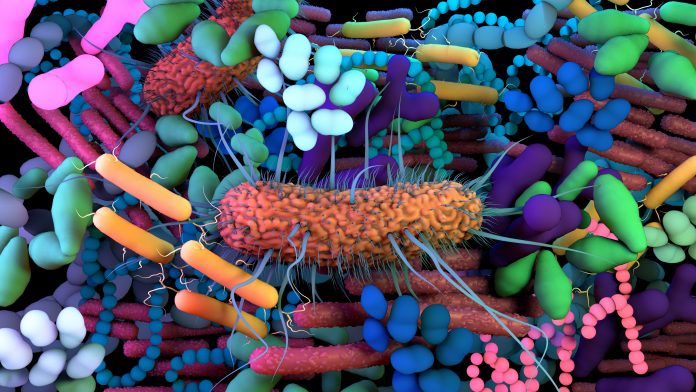
A research team led by the University of California San Diego and the Weizmann Institute of Science in Israel has created an atlas of fungi linked to a range of 35 different cancers for the first time.
As reported in the journal Cell, the researchers hope the new information will help discover whether the associated fungi are linked to worse or better patient outcomes and help develop new cancer treatments and diagnostics.
Bacteria and other microbes living in the body are known to associate with cancer cells and recent research has found links between gut microbiome abnormalities and poor cancer outcomes, for example, having a poor response to certain cancer medications.
Fungal species have also been found in tumor environments, but little is known about why they are there, or the role that they play in either promoting or fighting the cancer.
In this study, Rob Knight, a professor at UC San Diego and co-founder of Micronoma, a San Diego-based company developing microbial biomarkers to diagnose and treat cancers, and colleagues characterized the cancer mycobiome in 17,401 patient tissue, blood, and plasma samples across 35 cancer types in four independent cohorts.
Fungal DNA and cells were found at low levels in most cancers, sometimes living together with specific bacteria.
“The existence of fungi in most human cancers is both a surprise and to be expected,” said Knight. “It is surprising because we don’t know how fungi could get into tumors throughout the body. But it is also expected because it fits the pattern of healthy microbiomes throughout the body, including the gut, mouth and skin, where bacteria and fungi interact as part of a complex community.”
More research is needed to work out specific links between the fungi the team discovered and outcomes, but at least in some cases it seems the fungi might promote worse outcomes and in some better. The team experimented with stratifying patients into six ‘mycotypes’ C1-6 and found one mycotype, C3, was linked to greater immune activation and the best survival across 20 cancer types.
In contrast, patients with intratumoral Malassezia globose, a common fungus on human skin, had significantly worse overall survival.
“This first pan-cancer mycobiome atlas informs future study directions while characterizing a new layer of information for cancer diagnostics and therapeutics for the benefit of patients worldwide,” write the authors.
“The finding that fungi are commonly present in human tumors should drive us to better explore their potential effects and re-examine almost everything we know about cancer through a ‘microbiome lens,’” said co-corresponding author Ravid Straussman, a principal investigator at Weizmann Institute of Science.











